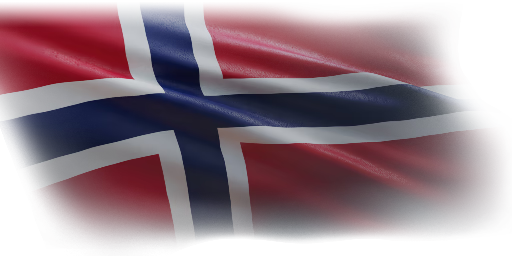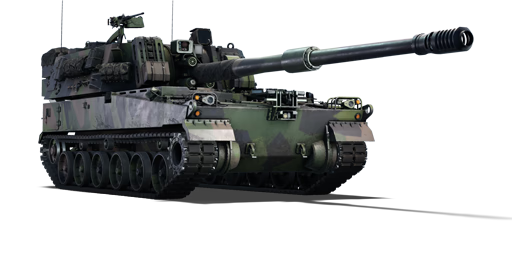



The VIDAR is a self-propelled artillery system fielded by Norway since 2019. The system is an export version of the South Korean K9 Thunder Self-Propelled Artillery Gun, which Norway acquired to replace its aging M109A3GNMs of American origin. The orders so far have been in two batches, the initial 2017 contract for 24 K9s and an extra order in 2022 for 4 more systems. The system has some differences compared to the South Korean version, most notably the ODIN fire control system developed domestically and direct-fire enabling equipment. This system was given to the Artilleribataljonen of the Brigade Nord, the only artillery unit in the Norwegian army.
Introduced in Update "Sons of Attila", the VIDAR is fitted with excellent optics and fire control system. At its BR, it is one of the few vehicles with both a thermal imaging system and a laser rangefinder. Its best round is a 155 mm HE shell that is capable of destroying most tanks, but requires very good aiming when it faces heavily armoured targets like the T-55AM-1. The vehicle also has a fairly poor turret rotation speed and no stabilizer, and, being an artillery system, the armor protection is fairly thin and its gun depression limited. However, it has good mobility for a vehicle of its size, and a very good reverse speed of 42 km/h. The VIDAR is best suited for highly mobile warfare, moving around rapidly after firing a few accurate shells towards your enemies.
| Ammunition | Type | Armor penetration (mm) at a distance: | |||||
|---|---|---|---|---|---|---|---|
| 10 m | 100 m | 500 m | 1000 m | 1500 m | 2000 m | ||
| HE | 61 | 61 | 61 | 61 | 61 | 61 | |
| HE-VT | 61 | 61 | 61 | 61 | 61 | 61 | |
| HE | 61 | 61 | 61 | 61 | 61 | 61 | |
| Smoke | 5 | 5 | 5 | 5 | 5 | 5 | |
| Belt | Belt filling | Armor penetration (mm) at a distance: | |||||
|---|---|---|---|---|---|---|---|
| 10 m | 100 m | 500 m | 1000 m | 1500 m | 2000 m | ||
| API-T/I/AP/API-T | 31 | 29 | 21 | 14 | 9 | 6 | |







 2 x (150 / 210 / 250) %
2 x (150 / 210 / 250) % 
 2 x 190 %
2 x 190 % 

Mobility | |
|---|---|
Protection |
|---|
Firepower | ||
|---|---|---|